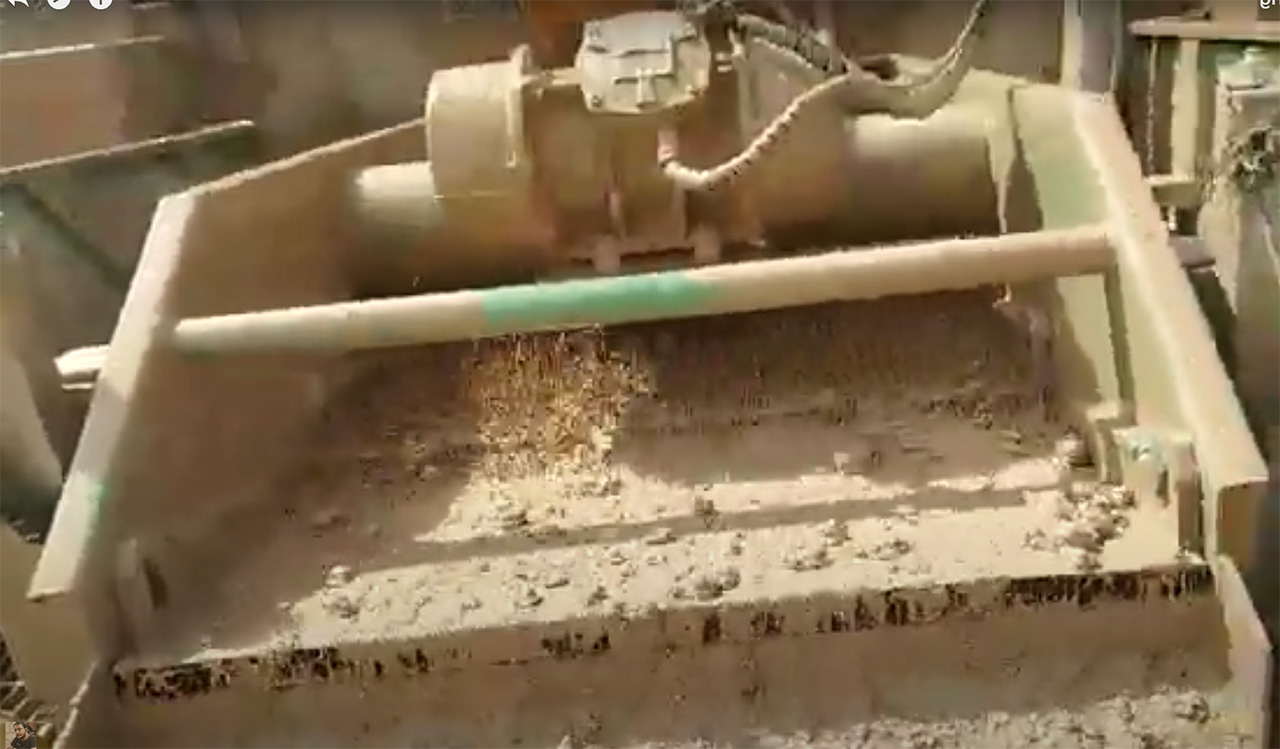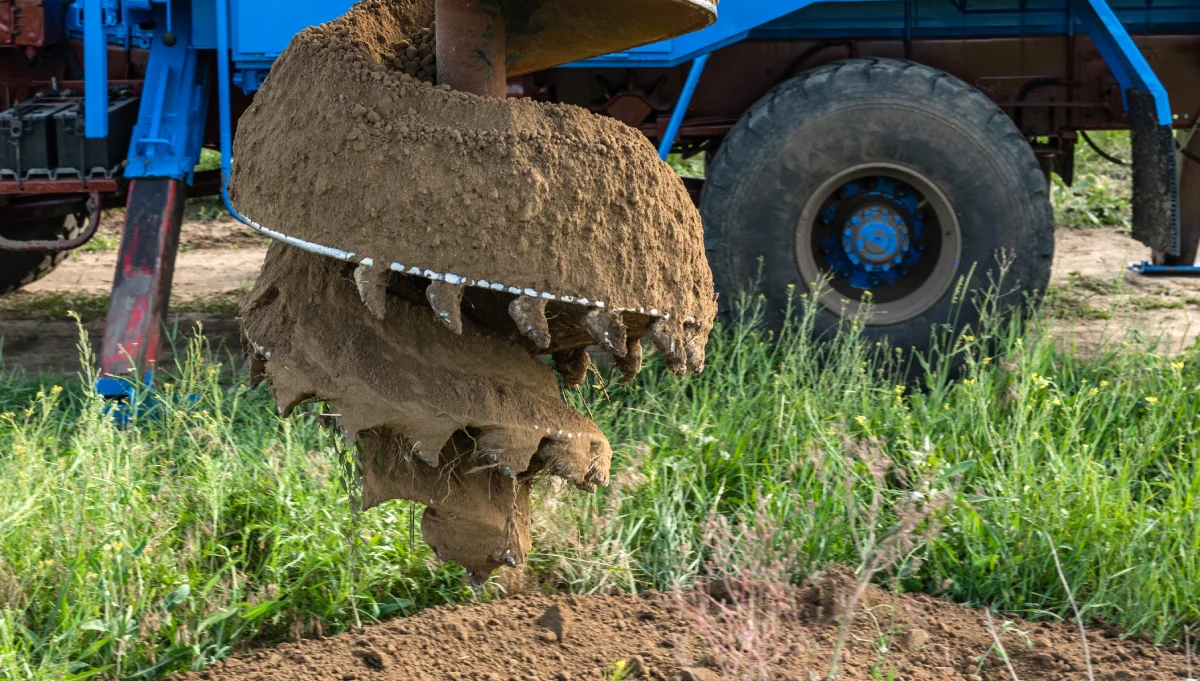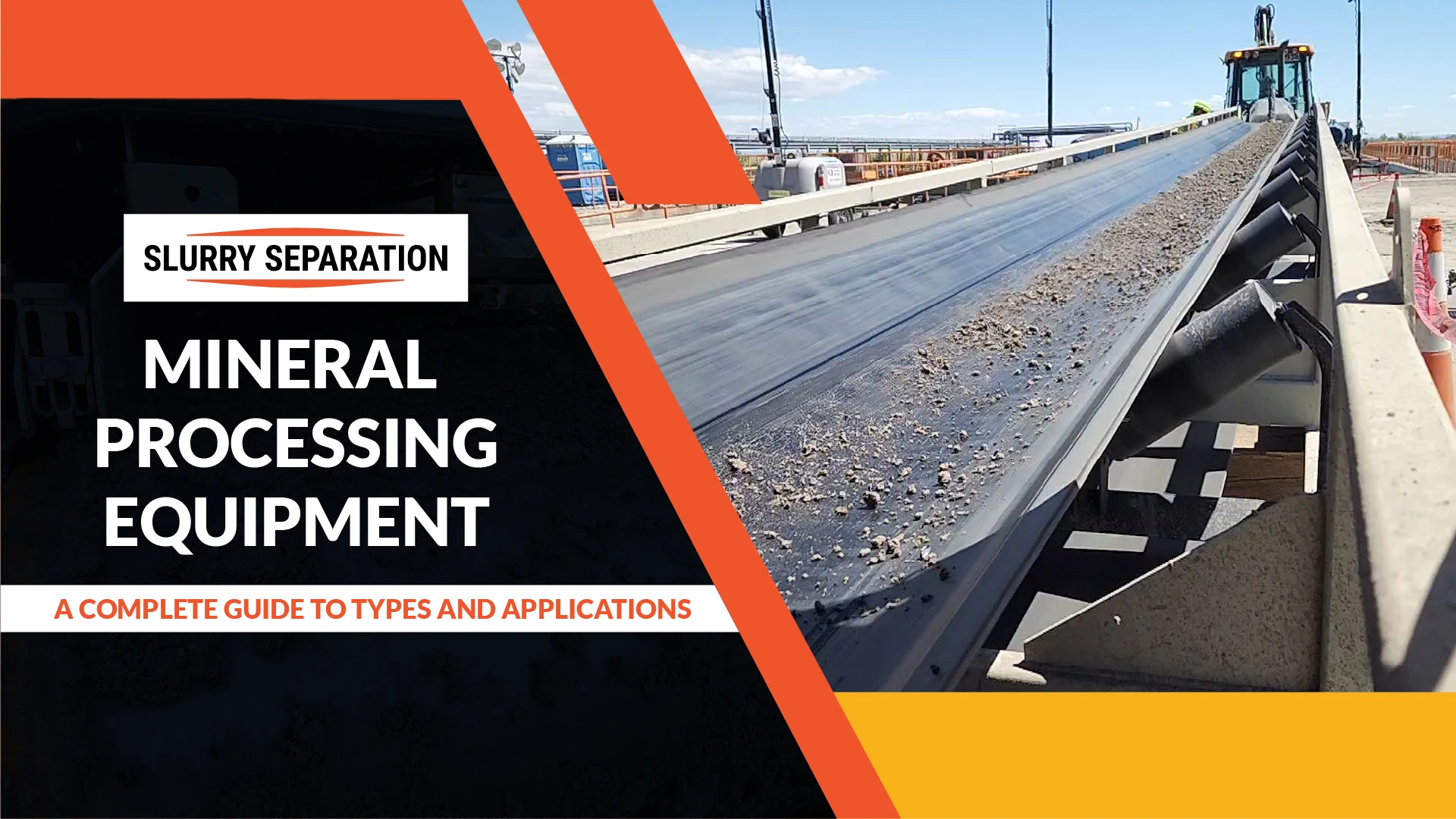The efficient operation of slurry separators (shale shakers) is essential for successful solids control in drilling and excavation operations. However, inevitable mistakes made by slurry separator (shale shaker) operators can result in significant costs for companies in terms of time and money. In this article, we highlight three common mistakes made by slurry separator operators. It provides a solid guide to avoiding them, ultimately optimizing efficiency and minimizing operational expenses for any project they are used in.
Inadequate Screen Maintenance
One of the most common mistakes slurry separator operators make is neglecting proper screen maintenance. Over time, screens can become clogged with solids, creating a condition called screen blindness, reducing their effectiveness in separating cuttings from drilling fluids and large solids from liquids. Additionally, wear and tear on screens can lead to premature failure, resulting in increased downtime and replacement costs.
To avoid this mistake, operators should create and implement a proactive screen maintenance program. Inspecting screens routinely for signs of wear, damage, or blinding is essential. Any damaged or worn screens should be promptly replaced to ensure optimal performance. Furthermore, cleaning screens regularly to remove accumulated solids and debris helps to prevent screen blinding and prolong screen life. By prioritizing screen maintenance, operators can maximize screen efficiency and minimize the risk of costly downtime.
Improper Screen Selection
Another common mistake made by operators is the improper selection of screens for the given drilling or separation conditions. Using screens with incorrect mesh sizes or configurations can result in poor solids separation and reduced drilling efficiency for slurry separators. Additionally, mismatched screens may fail to adequately handle the volume and type of cuttings generated during drilling operations.
To avoid this mistake, operators should carefully assess the drilling or slurry conditions and select appropriate screens for the application. Considerations such as the size and type of cuttings, drilling fluid properties, and anticipated flow rates should be taken into account whenever choosing screens for slurry separators. Conducting regular screen performance evaluations and adjusting screen selection as needed based on observed results can help optimize solids control efficiency. Investing in high-quality screens from reputable manufacturers ensures reliability and performance consistency, reducing the likelihood of operational errors.
Neglecting Proper Slurry Separator (Shale Shaker) Setup and Operation
A third mistake often made by slurry separator operators is neglecting proper setup and operation procedures. Incorrect setup parameters, such as screen angle, vibration intensity, and flow rate, can lead to suboptimal solids separation and increased wear on equipment components. Additionally, inadequate operator training and supervision may result in inefficient slurry separator operation and decreased overall drilling performance.
To avoid this mistake, operators should adhere to established setup and operation guidelines provided by the slurry separator manufacturer. Proper training of personnel on shale shaker operation, maintenance procedures, and troubleshooting techniques is essential. Regular monitoring of the machine’s performance parameters, such as cuttings discharge, fluid flow rates, and screen condition, allows operators to identify any deviations from optimal operating conditions and take corrective actions promptly. Implementing a comprehensive maintenance schedule for all slurry separator components, including motors, bearings, and seals, helps to prevent equipment breakdowns and ensure continuous operation.
Watch For Mistakes With Slurry Separators – And Win
Avoiding common mistakes in shale shaker operations is crucial for maximizing efficiency and minimizing costs in drilling and excavation projects. By prioritizing screen maintenance, selecting appropriate screens for the application, and adhering to proper setup and operation procedures, operators can optimize solids control efficiency and enhance overall drilling performance.
Investing in operator training, regular equipment inspections, and proactive maintenance programs is essential for preventing costly errors and ensuring smooth slurry separator operation. Ultimately, by implementing best practices and avoiding common pitfalls, companies can achieve greater productivity, profitability, and operational success in their slurry separation operations.




